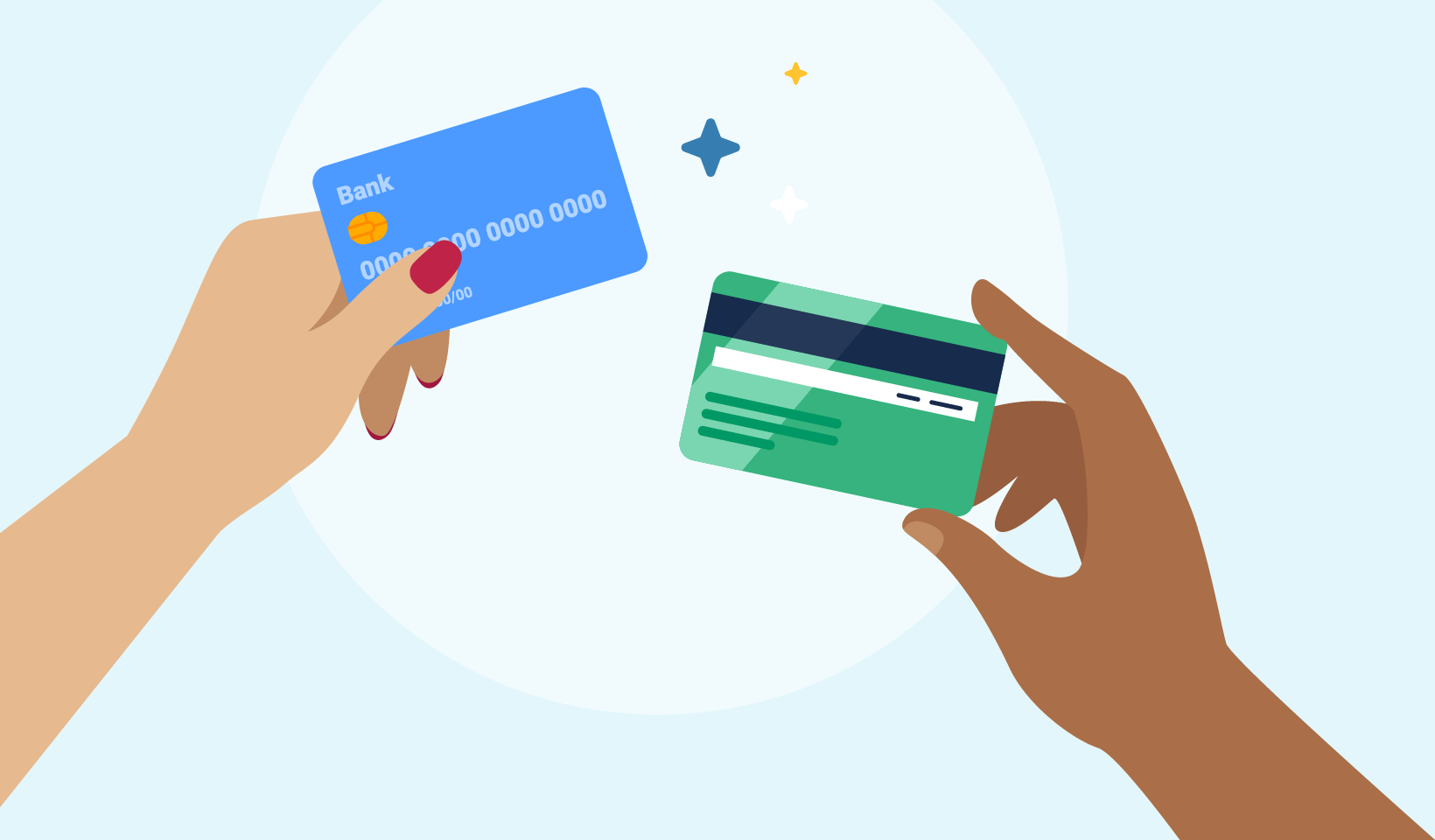While we haven’t quite eliminated cash as a payment method entirely, the data suggests we’re well on the way. According to the latest Gallup research, about 13% of Americans say they use cash for “most” or “all” of their purchases. That figure was 28% five years ago. The number of people relying on cash is shrinking, and the number of non-cash payment options is growing fast. You can now pay via your card, your phone, your watch – some people have even inserted payment microchips into their skin.
So how close are we to a cashless society, and what are the impacts - besides an existential threat to the leather wallet industry? Is the death of cash inevitable? And what are some of the dangers and risks involved in moving away from physical money?
What is a cashless society?
Pretty much what you’d expect: a society where money moves around via digital payments, either through cards, phones, wearables or other devices. In theory, if these technologies become safe, accessible and affordable enough, they could replace cash all together.
How close are we to a cashless society? Well, the trend has certainly been growing since COVID, with Fintech companies working on payment apps like PayPal, Zelle and Venmo, digital wallets, cryptocurrencies, and smoother online banking. Even the Bank of England has been exploring the notion of a ‘digital pound’. Most modern countries, including America and Australia, have noticed a sharp decline in physical cash usage over the last few years.
What are the benefits of a cashless society?
Some of the benefits are obvious right off the bat. By not needing to withdraw and carry around cash, we can save on time and boost convenience. Stores wouldn’t have to worry about handling money and keeping change. Without physical money to steal, street crime may also decline – and the preliminary research does seem to back this up.
Think of the global time saved in currency conversions, cash handling, safe deposits, security services, depositing and transacting, not to mention literally making and minting the money: all those minutes add up to a significant productivity boost. And with a digital paper trail, it’s also easier to follow money from place to place, which cuts down on potential money laundering.
The dangers of a cashless society
All of this sounds pretty great. So why haven’t we collectively embraced cashless-ness and moved to a full digital payment model? Well, there are a few reasons. For one, although removing cash seems to reduce some crime (theft, burglary, assault etc.) it opens risks to new crime, like hacking and digital fraud. We saw this during COVID, when digital phishing schemes and ransomware attacks mushroomed and exploded exponentially.
The dangers of a cashless society stem from the fact that digital transactions are also less private. They create customer and transaction data, which then needs to be securely stored and monitored. Technology outages also suddenly become much more serious: it’s not ideal to hang the world’s entire financial ecosystem on the stability of certain networks. Glitches, outages, user mistakes, interference: they could all seriously cripple our ability to manage transactions.
This leads to one of the big problems many have theorized with an entirely cashless society: inequality. As you might expect, losing cash doesn’t hurt those with money. It’s the poor and developing nations, the homeless, the vulnerable and the destitute, that would be left behind. Consider this: in 2021, about 71% of adults in developing countries had bank accounts. Which sounds good, except it means roughly 30% of people still need to access vital financial services, which they can’t do in a cashless world. In the UK, about 4% of the population lacks access to banking services, getting by mostly on physical money as their primary payment method.
This translates into millions and millions of people, in countries all over the world, who are simply not equipped to transition away from cash.
Can a cashless society work?
None of these issues are necessarily nails in the coffin of a cashless society. They’re just things that need to be weighed, considered, legislated and planned for.
To look to the future, we really need to look at Scandinavian countries like Sweden, which in the late 2010s quickly became the so-called ‘poster child’ for a cashless society. Sweden only has about 32 ATMS per 100,000 people, and ranks as one of the top European countries using mobile payments. With its flagship financial inclusion program, Pradhan Mantri Jan Dhan Yojana (PMJDY), India is another great example of progressive digital policy.
In some ways, zero cash requires a cultural shift. Just across the Baltic Sea from Sweden, in Germany for example, nearly 60% of purchases are still made with cash. This is largely to do with privacy concerns and a staunchly Germanic mistrust of Fintech in general. Things like that don’t change overnight – they’re generational challenges.
Will the world eventually be cashless? The data suggests yes. But there are still many, many issues we need to untangle before we reach that point. How can we make sure cashless payments are safe? How can we make them more private? And how can we ensure that no-one, no matter what’s in their wallet, gets left behind?


